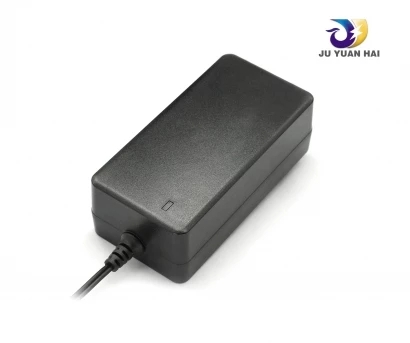

The  adapter and converter are electronic devices used in different scenarios, which have similarities in changing the form of power or signal, but also have some key differences. This article will provide a detailed introduction to the differences and connections between adapters and converters from three aspects: functionality, application areas, and working principles.
adapter and converter are electronic devices used in different scenarios, which have similarities in changing the form of power or signal, but also have some key differences. This article will provide a detailed introduction to the differences and connections between adapters and converters from three aspects: functionality, application areas, and working principles.
The main function of a functional adapter is to adapt one power supply or signal to another form of power supply or signal to meet the needs of the device. It can be used to adapt AC power to DC power, or to convert one signal form into another, such as converting HDMI signals into VGA signals. Adapters are usually connected to external devices through plugs or sockets to provide the required power or signal.
The main function of the converter is to change the characteristics of the power supply or change the frequency, amplitude, phase, and other properties of the signal. Converters are typically used to convert a power supply from one voltage or frequency to another, or to convert a signal from one frequency or amplitude to another frequency or amplitude. Converters can be implemented through technologies such as transformers, frequency converters, amplifiers, etc. to meet the special needs of equipment or systems for power or signals.
The application domain adapter has a wide range of applications. It can be used for various electronic devices, such as computers, smartphones, tablets, etc., to provide the correct power or signal adaptation. Adapters can also be used to adapt between power standards in different regions. If the voltage standards in different countries are different, adapters need to be used to adapt the power supply to the required voltage of the device.
The application fields of converters are also very extensive. It can be used in industrial automation control systems, power systems, communication systems, and other fields to change the characteristics of power sources or the properties of signals. For example, frequency converters are widely used in motor control systems, and speed control of motors can be achieved by changing the frequency of the power supply.
The working principle of the adapter mainly includes two processes: voltage transformation and conversion. The voltage transformation process changes the voltage of the power supply through a transformer to meet the needs of the equipment. The conversion process converts signals through electronic components, such as analog-to-digital conversion and analog-to-digital conversion, to achieve signal adaptation.
The working principle of the converter mainly depends on different technologies. For example, a frequency converter adjusts the output power frequency by changing the frequency of the input power supply. The amplifier changes the amplitude of the input signal by amplifying it. The working principles of converters are complex and diverse, and different technologies are used to convert signals according to different application scenarios and requirements.
Summary: Adapters and converters play an important role in changing the form of power or signals. Adapters are mainly used for power and signal adaptation, connecting to external devices through plugs or sockets. The converter is mainly used to change the characteristics of the power supply or change the frequency, amplitude, phase and other properties of the signal, using different technologies to achieve signal conversion. They have some differences in functionality, application fields, and working principles, but they also have certain connections. Understanding the differences and connections between adapters and converters can help us choose and use these electronic devices correctly in practical applications.